Home>diy>Building & Construction>What Is Foundation Bed In Construction
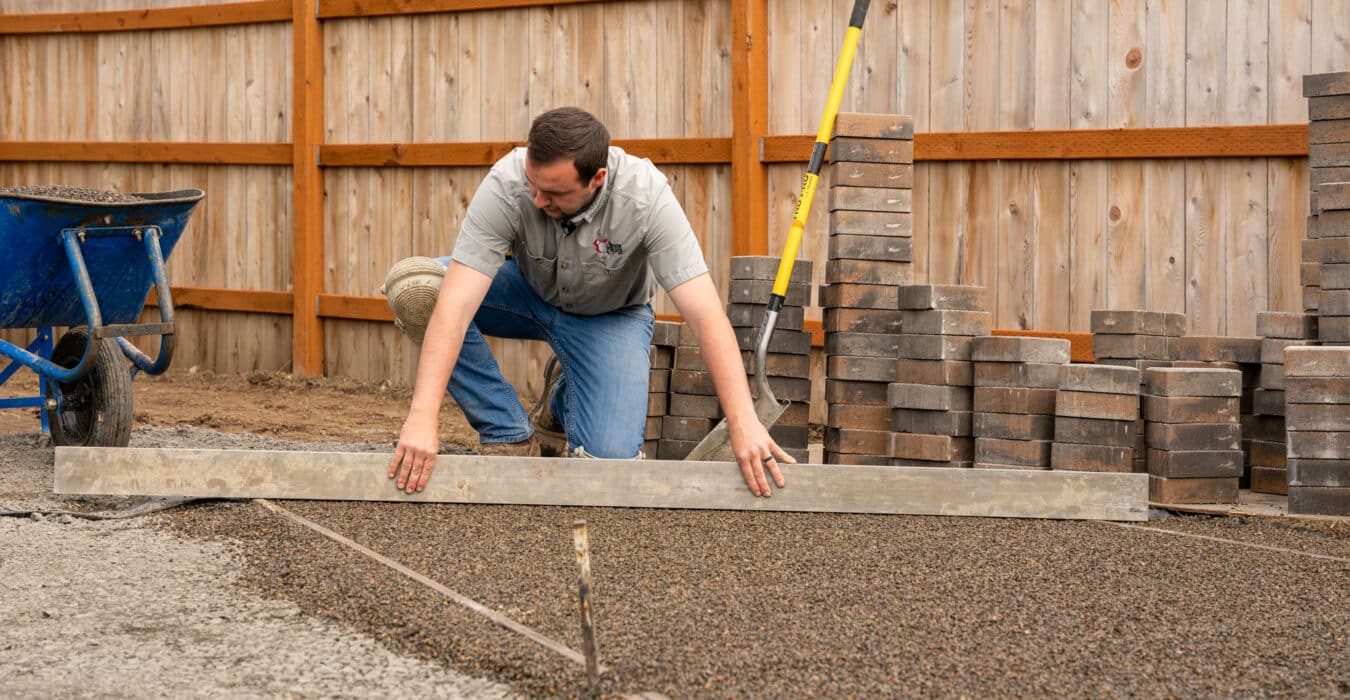

Building & Construction
What Is Foundation Bed In Construction
Modified: December 7, 2023
Learn about foundation bed in construction and its crucial role in building construction. Gain insights into the importance and methods of creating a strong foundation bed.
(Many of the links in this article redirect to a specific reviewed product. Your purchase of these products through affiliate links helps to generate commission for Storables.com, at no extra cost. Learn more)
Introduction – Definition of Foundation Bed in Construction
In the world of construction, the foundation bed plays a crucial role in the stability and longevity of any structure. It serves as the base upon which the entire building rests, providing support and distributing the weight of the structure evenly to the underlying soil or rock. Simply put, the foundation bed is the prepared surface upon which the foundation of a building is constructed.
When constructing a building, it is essential to create a strong, stable, and level foundation bed. This ensures that the structure is protected against settling, shifting, or any other detrimental effects caused by external forces, such as the weight of the building, soil movement, or changes in temperature and moisture.
The purpose of the foundation bed is to provide a solid and stable platform for the foundation walls or footings to be built upon. It is important to note that the foundation bed is different from the foundation itself. While the foundation bed forms the base, the foundation refers to the structure that transfers the load from the building to the bed.
The foundation bed is typically excavated and prepared by skilled professionals, such as excavators and contractors with expertise in groundwork. They carefully analyze the soil composition and conditions of the site to ensure that the bed is constructed to meet the specific requirements of the building.
Building a strong foundation bed involves various steps, such as site preparation, excavation, compaction, and the addition of suitable materials. The type of foundation bed used can vary depending on factors such as the building design, soil conditions, and climate.
The primary goal of the foundation bed is to provide a stable and level surface for the foundation walls or footings to rest upon. This is essential for maintaining the structural integrity of the building and preventing any damage that could arise from uneven settling or shifting of the ground.
Now that we have a basic understanding of the foundation bed and its importance in construction, let’s delve deeper into the purpose, types, preparation, materials, construction process, and maintenance of foundation beds to gain a comprehensive understanding of this critical element in building construction.
Key Takeaways:
- Foundation beds are crucial for building stability, load distribution, and structural integrity. Proper preparation, materials, and ongoing maintenance are essential for a durable and long-lasting foundation.
- Consulting professionals, using suitable materials, and adhering to building codes are vital for constructing and maintaining a stable foundation bed. Regular maintenance and prompt repairs ensure the longevity of the structure.
Read more: What Is Foundation In Construction
Purpose of Foundation Bed – Importance of Foundation Bed in Construction Process – Role of Foundation Bed in Supporting the Structure
The foundation bed serves several important purposes in the construction process. Understanding its significance is crucial to ensure the stability and longevity of any building. Let’s explore the importance and role of the foundation bed in supporting the structure.
1. Stability and Load Distribution: The foundation bed acts as a stable base for the foundation of the building. It supports the entire weight of the structure and distributes the load evenly across the underlying soil or rock. This prevents excessive settling or shifting and ensures that the building remains structurally sound over time.
2. Structural Integrity: A well-constructed foundation bed plays a vital role in maintaining the structural integrity of the building. It provides a solid platform for the foundation walls or footings, preventing them from sinking or tilting. This stability is essential to safeguard against structural damage and maintain the safety of occupants.
3. Preventing Soil Movement: The foundation bed helps prevent soil movement, such as soil erosion or expansion, which can adversely impact the foundation. By creating a stable surface, the foundation bed minimizes the risk of soil shifting and displacement, reducing the potential for foundation damage.
4. Mitigating Moisture Effects: Moisture is a significant factor that can affect the stability of the foundation. A well-prepared foundation bed helps in managing moisture by providing proper drainage and preventing water accumulation around the foundation. This helps protect against moisture-related issues, such as water damage, mold growth, and weakening of the foundation.
5. Adjusting for Soil Conditions: Different soil types have varying characteristics and behaviors. The foundation bed allows for necessary adjustments to be made to accommodate the specific soil conditions at the construction site. This ensures that the foundation is adequately supported and can withstand the pressures exerted by the soil.
6. Leveling the Structure: The foundation bed plays a crucial role in creating a level surface for the foundation of the building. This is essential for maintaining the levelness of the entire structure, including the floors, walls, and roof. A level foundation bed helps in preventing issues such as uneven flooring and structural instability.
In summary, the foundation bed is of utmost importance in the construction process. It provides stability, distributes the load, maintains structural integrity, prevents soil movement, mitigates moisture effects, adjusts for soil conditions, and ensures the levelness of the structure. Investing time and effort in properly preparing the foundation bed is fundamental for constructing a solid and durable building.
Types of Foundation Bed – Different Types of Foundation Beds Used in Construction – Characteristics and Uses of Each Type
When it comes to constructing a building, different types of foundation beds are used depending on factors such as soil conditions, building design, and the intended use of the structure. Each type of foundation bed has its own characteristics and specific uses. Let’s explore some common types of foundation beds and their features.
1. Strip Foundation Bed: Strip foundation beds, also known as continuous foundations, are long and relatively narrow beds that run along the perimeter of the building. They provide support to load-bearing walls and distribute the weight evenly. Strip foundation beds are suitable for buildings with uniform soil conditions and are commonly used in low-rise residential and commercial constructions.
2. Raft or Mat Foundation Bed: A raft or mat foundation bed is a large concrete slab that covers the entire footprint of the building. It acts as a single, continuous foundation and spreads the load uniformly over a larger area, effectively reducing the load per unit area on the underlying soil. Raft foundation beds are used in areas with weak or variable soil conditions and can support heavy structures such as industrial buildings or high-rise constructions.
3. Pile Foundation Bed: Pile foundation beds are used when the soil conditions at the construction site are not suitable for strip or raft foundation beds. Piles, which are vertical structural elements made of concrete, steel, or timber, are driven into the ground, reaching a more stable layer of soil or rock. Pile foundation beds transfer the load of the structure to the deeper, more stable soil layers, providing support and stability. Pile foundation beds are commonly used in areas with soft or loose soil, coastal regions, or areas prone to seismic activities.
4. Pad Foundation Bed: Pad foundation beds consist of isolated concrete pads or footings that support individual columns or concentrated loads. These foundation beds are used when the load-bearing structure requires specific point supports. Pad foundation beds are commonly used in structures such as bridges, towers, or large equipment installations where the loads are heavy and concentrated.
5. Trench Foundation Bed: Trench foundation beds are similar to strip foundation beds but are deeper and wider. These beds are used in areas with unstable soil conditions or when a building requires deeper foundations. Trench foundation beds offer increased stability and load-bearing capacity and are commonly used in areas with high water tables or areas with expansive clay soils.
6. Stepped Foundation Bed: Stepped foundation beds are used in sloped terrains or when the building requires different levels. The bed consists of a series of stepped concrete or masonry walls that follow the contour of the ground, providing support at various levels. Stepped foundation beds are designed to accommodate the changes in ground elevation and ensure a level structure.
Each type of foundation bed has its own advantages and is suited for specific soil conditions, building designs, and loads. It is crucial to consult with engineering professionals and foundation specialists to determine the most suitable foundation bed type for the specific construction project. By selecting the right foundation bed, the stability, durability, and overall performance of the building can be optimized.
Preparation of Foundation Bed – Steps Involved in Preparing a Foundation Bed – Techniques and Considerations for Proper Preparation
The preparation of a foundation bed is a critical step in the construction process. Proper preparation ensures the stability and integrity of the foundation, ultimately contributing to the longevity of the building. Let’s explore the essential steps and considerations involved in preparing a foundation bed.
1. Site Analysis: Before starting the preparation process, a thorough site analysis is crucial. This involves inspecting the soil conditions, identifying any potential challenges or risks, and determining the appropriate foundation bed type for the site. Soil testing and geological surveys may be necessary to assess soil composition, bearing capacity, and potential issues such as soil erosion or expansive clay.
2. Excavation: The first step in preparing a foundation bed is excavation. Excavation involves removing the topsoil and any existing vegetation from the construction site. The depth of the excavation depends on the specific requirements of the building design, including the depth of the foundation and any necessary drainage systems.
3. Grading and Compaction: After excavation, the foundation bed needs to be properly graded and compacted. Grading involves leveling the subsoil to ensure a uniform surface and provide proper drainage. Compaction is essential to enhance the stability of the foundation bed by reducing soil settlement and increasing bearing capacity. Compaction is typically achieved through mechanical compaction equipment, such as compactors or vibrating rollers.
4. Drainage Considerations: Proper drainage is crucial to prevent water accumulation around the foundation. During the preparation stage, drainage considerations should be taken into account. This may involve installing perforated drain pipes, French drains, or other drainage systems to redirect water away from the foundation and prevent moisture-related issues.
5. Adding Supportive Materials: In some cases, additional materials may be needed to enhance the stability and load-bearing capacity of the foundation bed. This may include the addition of stone, crushed rock, or other engineered materials to improve the soil properties, provide proper drainage, or increase load distribution.
6. Considering Environmental Factors: When preparing a foundation bed, it is essential to consider environmental factors that may impact the long-term stability of the foundation. This may include taking into account the effects of climate, such as frost heave in colder regions, or the presence of nearby trees with extensive root systems that could affect the soil moisture content or cause soil movement.
7. Following Building Codes and Regulations: It is imperative to adhere to building codes and regulations throughout the preparation process. Building codes provide guidelines and standards to ensure the structural integrity and safety of the building. Compliance with local regulations helps avoid potential legal issues and ensures that the foundation bed meets all necessary requirements.
8. Consulting Professionals: The preparation of a foundation bed is a complex and critical task. It is strongly recommended to consult with professionals, such as geotechnical engineers or foundation specialists, who have expertise in soil analysis and foundation construction. Their knowledge and experience can greatly contribute to the proper preparation and successful completion of the foundation bed.
By following these steps and considering important factors during the preparation process, a solid foundation bed can be created, providing a stable and durable base for the construction of the building. Investing time and effort in proper preparation is essential for the long-term performance and structural integrity of the structure.
The foundation bed in construction refers to the prepared surface on which the foundation of a building will be laid. It is essential to ensure that the foundation bed is properly compacted and leveled to provide a stable base for the building’s structure.
Materials Used in Foundation Bed – Common Materials Used in Constructing Foundation Beds – Properties and Suitability of Each Material
When constructing a foundation bed, choosing the right materials is crucial in ensuring stability, durability, and long-term performance. Various materials can be used in the construction of foundation beds, each with its own properties and suitability. Let’s explore some common materials used and their characteristics.
1. Concrete: Concrete is one of the most commonly used materials in foundation construction. It offers excellent compressive strength, durability, and resistance to moisture, making it ideal for foundation beds. Concrete can be poured or formed into various shapes and sizes to accommodate different foundation designs. It is highly versatile and suitable for most foundation bed applications.
2. Gravel or Crushed Stone: Gravel or crushed stone is often used as a base or sub-base material in foundation beds. It provides stability, allows for proper drainage, and helps to prevent undue settlement. The angular nature of the stones interlocks, creating a stable and compacted surface. Gravel or crushed stone is particularly suitable for areas with poor soil conditions or regions with high water tables.
3. Compacted Fill Material: Compacted fill materials such as soil or clay can be used to create a foundation bed. These materials are typically compacted and graded to provide a stable platform for the foundation. The suitability of compacted fill material depends on the specific soil conditions and the load-bearing requirements of the structure. Professional soil testing and compaction methods should be employed to ensure proper preparation and density.
4. Geotextiles: Geotextiles are synthetic fabrics that can be used in foundation beds to improve soil stability and separation. They help prevent the mixing of different soil layers and provide reinforcement. Geotextiles are commonly used in areas with soft or loose soils, expansive clay, or where differential settlement is a concern. They enhance the overall performance and longevity of the foundation bed.
5. Reinforcing Steel: Reinforcing steel, commonly known as rebar, is used to reinforce concrete foundation beds. It provides added tensile strength and helps to prevent cracking and shifting. Reinforcing steel is particularly important in areas with high loads or where ground movement is a possibility. Proper placement and spacing of rebar are essential to ensure optimal reinforcement.
6. Drainage Materials: Drainage materials, such as gravel or perforated pipes, are often used in foundation beds to facilitate proper drainage and prevent water accumulation. These materials ensure that water is efficiently directed away from the foundation, reducing the risk of moisture-related issues. Proper drainage is essential for maintaining the stability and integrity of the foundation over time.
7. Synthetic or Engineered Materials: In some cases, synthetic or engineered materials may be used in foundation beds to enhance soil stabilization, improve load-bearing capacity, or assist in drainage. These materials are designed to offer specific properties and performance characteristics tailored to the unique requirements of the project.
It is important to note that the choice of materials for the foundation bed should be based on several factors, including the soil conditions, building design, and environmental considerations. Consulting with professionals, such as geotechnical engineers or foundation specialists, can provide valuable insights and guidance in selecting the most suitable materials for the specific project.
By using appropriate materials in the construction of foundation beds, the stability, durability, and overall performance of the foundation can be optimized, ensuring a solid and long-lasting base for the building.
Read more: What Is A Bed Foundation
Construction Process of Foundation Bed – Procedures and Techniques for Building a Foundation Bed – Factors to Consider During the Construction Process
The construction of a foundation bed is a crucial step in the building process, as it provides the base upon which the entire structure rests. Proper construction techniques and considerations are essential to ensure a strong and stable foundation bed. Let’s explore the procedures, techniques, and factors to consider during the construction process.
1. Site Preparation: Before starting the construction process, the site needs to be properly prepared. This involves clearing the area of vegetation, debris, or any obstacles that may hinder the construction process. Additionally, any necessary site grading, excavation, or compaction should be undertaken as per the site requirements to ensure a level and stable surface for the foundation bed.
2. Building Layout: The foundation bed construction process begins with marking and establishing the layout of the building. Accurate measurements and layout lines should be set, ensuring alignment with the architectural and structural design plans. This step is essential for proper placement and positioning of the foundation walls or footings.
3. Excavation: Once the layout is established, excavation begins according to the design specifications. Excavation depth and width should be carefully measured and maintained to meet the required foundation dimensions. Excavated materials should be properly managed and removed from the site if necessary.
4. Compaction: After excavation, the foundation bed area needs to be properly compacted to ensure stability. Compaction is typically achieved using compaction equipment, such as vibratory rollers or plate compactors. The type and depth of compaction required depend on soil conditions and design specifications.
5. Adding Supportive Materials: In some cases, the addition of supportive materials may be necessary to improve the foundation bed’s stability and load-bearing capacity. This can include the placement of a layer of gravel, crushed stone, or compacted fill material. The choice of materials should be based on soil conditions and the specific requirements of the project.
6. Formwork or Footing Construction: Once the foundation bed area is properly prepared, the construction of forms or footings can begin. Forms provide a temporary structure that defines the shape and dimensions of the foundation walls or footings. They are typically made of wood, metal, or engineered formwork systems, and they may require additional reinforcement such as rebar.
7. Concrete Placement: After the forms or footings are in place, concrete is poured into the prepared foundation bed area. Proper concrete placement techniques should be followed to ensure uniformity and proper consolidation. This includes using appropriate concrete mixes, vibration to remove air pockets, and proper curing methods to maintain strength and durability.
8. Reinforcement Placement: If required by the design specifications, reinforcing steel (rebar) is placed within the foundation bed before the concrete is poured. The rebar provides additional strength and reinforcement to the foundation structure, preventing cracking and improving load-bearing capacity.
During the construction process, it is important to consider several factors to ensure the successful construction of a foundation bed:
– Soil Conditions: The type and characteristics of the soil at the construction site should be carefully analyzed and considered during the construction process. Soil properties can impact the stability, drainage, and load-bearing capacity of the foundation bed.
– Building Design: The foundation bed construction process should align with the building’s architectural and structural design plans. Attention to detail, accuracy in measurements, and adherence to design specifications are critical elements for a successful construction process.
– Building Codes and Regulations: It is vital to comply with local building codes and regulations throughout the construction process. Following these codes ensures the safety, structural integrity, and legal compliance of the foundation bed construction.
– Environmental Considerations: Environmental factors, such as climate and groundwater levels, should be taken into account during the construction process. Proper measures should be implemented to address issues such as frost heave, water drainage, and erosion control.
The construction of a foundation bed requires careful planning, accurate execution, and attention to detail. By following proper procedures, employing appropriate techniques, and considering relevant factors, the foundation bed can be built to provide a solid and stable base for the structure.
Maintenance and Repair of Foundation Bed – Importance of Ongoing Maintenance for Foundation Beds – Common Issues and Methods for Repairing Foundation Beds
Foundation beds play a critical role in the stability and longevity of a building, and ongoing maintenance is essential to ensure their continued performance. Regular maintenance helps identify and address potential issues before they escalate, preventing significant damage to the foundation and structure. Let’s explore the importance of ongoing maintenance for foundation beds and common issues that may arise, along with methods for repairing foundation beds.
Importance of Ongoing Maintenance:
1. Early Detection of Issues: Regular maintenance allows for the early detection of any potential problems with the foundation bed. This includes issues such as cracks, settlement, water infiltration, or signs of soil erosion. Identifying these issues early on can prevent further damage and more costly repairs in the future.
2. Preservation of Structural Integrity: Timely maintenance helps preserve the structural integrity of the building. Foundation bed issues can lead to uneven settling, shifts, or instability, which can compromise the entire structure. Addressing any issues promptly helps maintain the strength and stability of the foundation and, in turn, the entire building.
3. Prevention of Moisture-related Problems: Proper maintenance helps prevent moisture-related issues in the foundation bed. Water infiltration can weaken the foundation, leading to the deterioration of concrete, rotting of wood elements, and the growth of mold or mildew. Regular inspection and maintenance ensure proper drainage, sealing of cracks, and mitigation of moisture-related concerns.
4. Financial Savings: Investing in ongoing maintenance for the foundation bed can save significant costs in the long run. By addressing issues early on, potential damage to the foundation and structure can be avoided, preventing the need for costly repairs or even complete foundation replacement.
Common Issues and Methods for Repairing Foundation Beds:
1. Cracks: Cracks in the foundation bed can occur due to soil movement, settlement, or the aging of materials. Small cracks can often be repaired using epoxy injections or crack sealants. More significant cracks may require professional assessment and repair techniques, such as foundation underpinning or slab stabilization.
2. Settlement: Uneven settling of the foundation bed can result in structural issues and compromised stability. Methods for addressing settlement include adding support with additional piers or underpinning, using hydraulic jacks to level and stabilize the foundation, or implementing traditional mudjacking techniques to raise and support settled sections.
3. Water Intrusion: Proper drainage is crucial to prevent water infiltration into the foundation bed. Repair methods may include installing or repairing drainage systems, such as French drains, gutters, or waterproofing membranes. Ensuring proper grading around the foundation and addressing any water pooling or run-off issues is also essential.
4. Soil Erosion: Soil erosion can undermine the foundation bed’s stability and cause settlement or shifting. Addressing erosion may involve implementing erosion control measures, such as the installation of retaining walls, erosion mats, or erosion-resistant landscaping techniques.
5. Foundation Waterproofing: Foundation waterproofing is essential to protect the foundation bed from water-related damage. This may involve applying waterproofing coatings or sealants to the foundation walls, installing a drainage system, or implementing proper landscaping practices to divert water away from the foundation.
It’s important to note that foundation bed repairs are highly specialized tasks that may require the assistance of professional contractors or foundation repair specialists. A thorough assessment of the issues and consideration of the best repair methods is crucial to ensure a successful restoration and long-term stability of the foundation bed.
By prioritizing ongoing maintenance and promptly addressing any issues that arise, the foundation bed can remain in optimal condition, providing a strong and stable base for the building.
Conclusion – Recap of the Significance of Foundation Beds in Construction – Final Thoughts and Recommendations
Foundation beds are a crucial component of any building construction project. They provide the base upon which the entire structure rests, playing a vital role in its stability, durability, and longevity. In this article, we have explored the various aspects of foundation beds, including their definition, purpose, types, preparation, materials, construction process, and maintenance. Let’s recap the significance of foundation beds in construction and provide final thoughts and recommendations.
Foundation beds are essential for several reasons:
– Support and Load Distribution: Foundation beds provide a stable and even surface for the foundation walls or footings to rest upon, distributing the weight of the structure and ensuring load distribution to the underlying soil or rock.
– Structural Integrity: Well-constructed foundation beds contribute to the overall structural integrity of the building, minimizing the risk of settling, shifting, or instability that could lead to structural damage.
– Protection Against Soil Movements: Foundation beds help prevent soil movement, such as erosion or expansion, by providing a stable platform that resists soil displacement and maintains the structural stability.
– Moisture Management: Properly prepared foundation beds facilitate drainage and prevent water accumulation, protecting the foundation and structure from moisture-related issues such as water damage, mold growth, or weakening of the foundation.
To ensure the successful construction and maintenance of foundation beds, several factors should be considered:
– Soil Analysis: Conduct a thorough soil analysis to identify soil conditions and determine suitable foundation bed types and construction techniques based on soil properties and behavior.
– Expertise and Professional Guidance: Consult with geotechnical engineers or foundation specialists to ensure proper design, construction, and maintenance of foundation beds. Their expertise can help address specific site challenges and ensure adherence to building codes and regulations.
– Ongoing Maintenance: Regular maintenance and inspections are crucial to identify and address any issues early on, preventing further damage to the foundation bed and structure. Prompt repairs or remediation measures should be implemented to maintain the integrity and functionality of the foundation bed.
– Quality Materials and Construction Techniques: Use appropriate materials with desired properties for the foundation bed construction. Follow recommended construction techniques to ensure a sturdy and reliable base for the building.
In conclusion, foundation beds are integral to the stability and performance of any building. A well-prepared foundation bed provides a solid and stable platform for the foundation, ensuring the structural integrity and longevity of the structure. By investing in proper design, construction, and ongoing maintenance, potential issues can be avoided, and the foundation bed can serve as a strong foundation for the building.
It is recommended to work with experienced professionals throughout the construction process to ensure adherence to best practices and to address specific site requirements. Regular inspections and maintenance should be prioritized to identify and address any issues promptly, ensuring the foundation bed remains in optimal condition throughout the life of the structure.
Remember, a strong foundation bed is the cornerstone of a solid and durable building.
Frequently Asked Questions about What Is Foundation Bed In Construction
Was this page helpful?
At Storables.com, we guarantee accurate and reliable information. Our content, validated by Expert Board Contributors, is crafted following stringent Editorial Policies. We're committed to providing you with well-researched, expert-backed insights for all your informational needs.
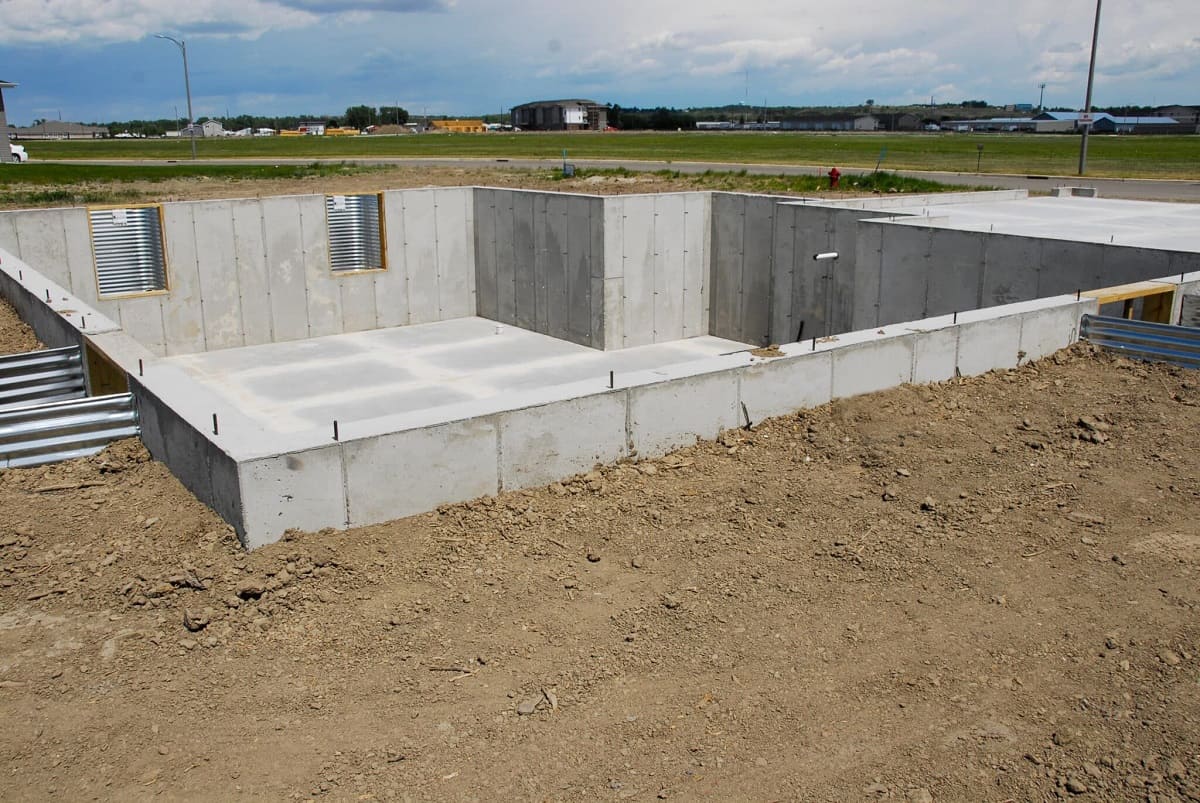

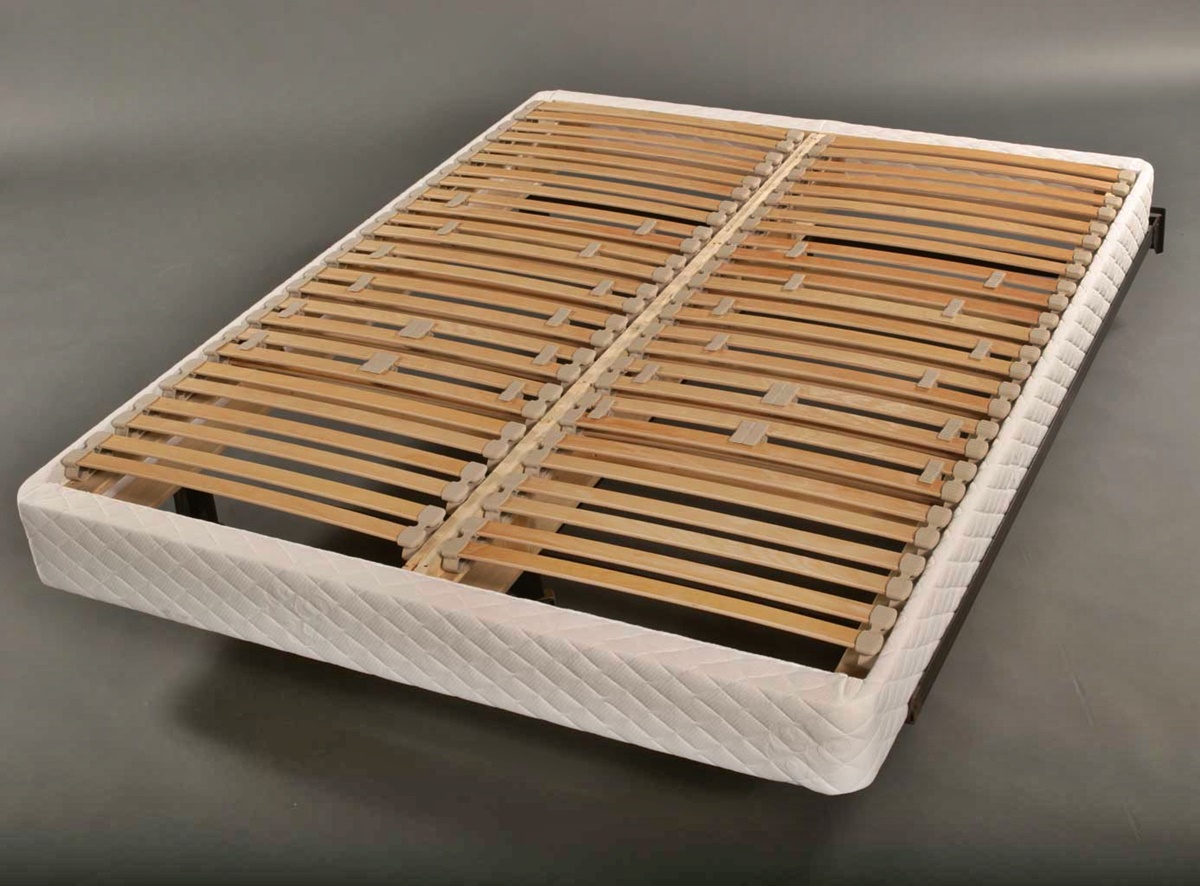
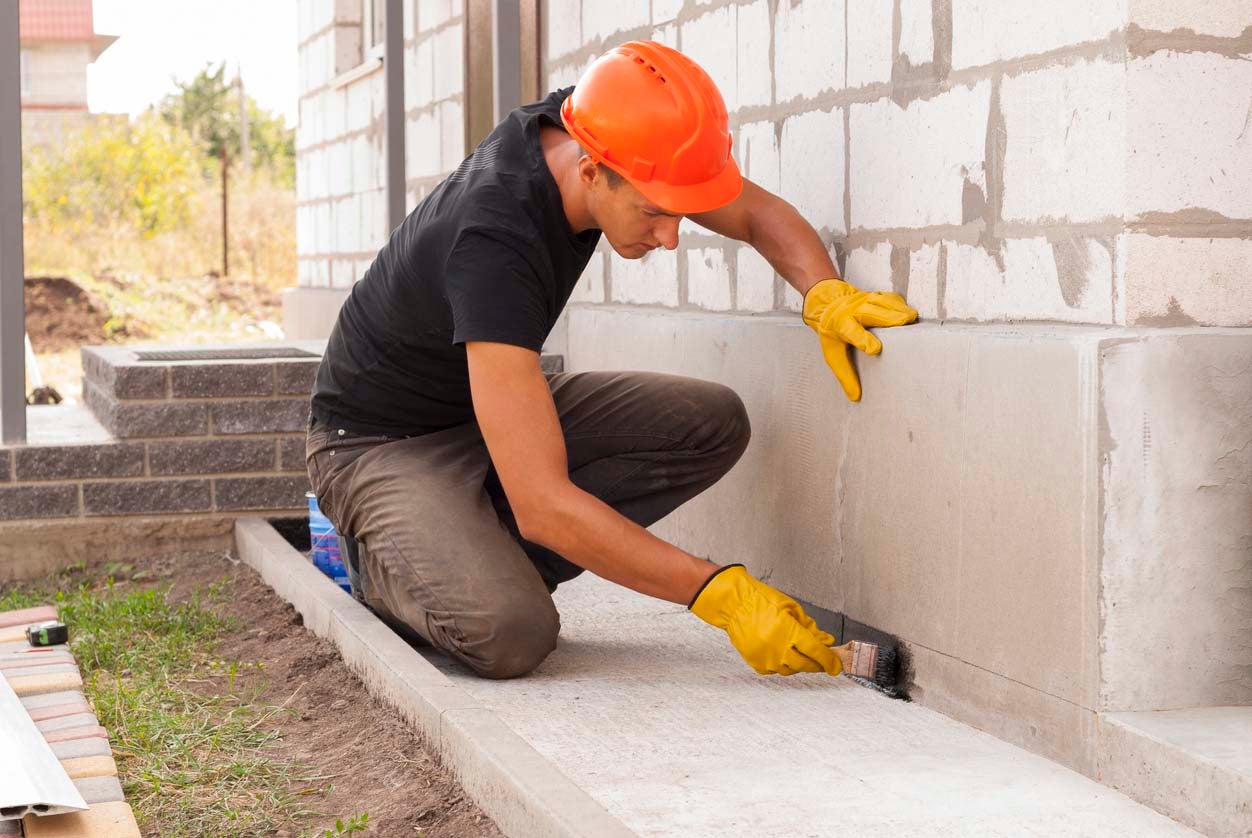

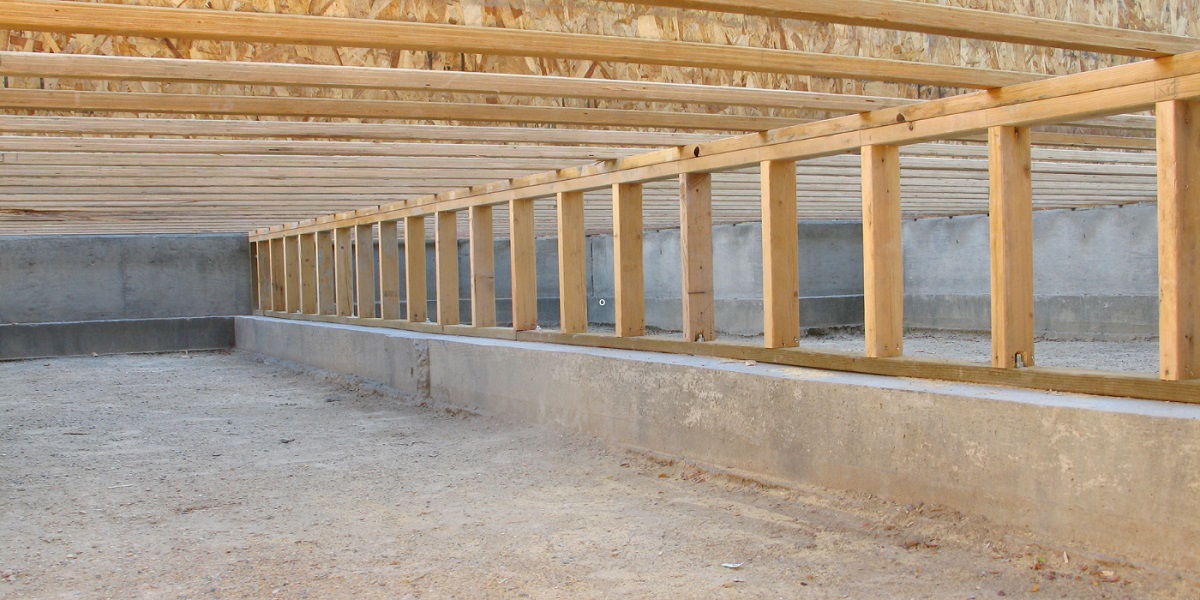
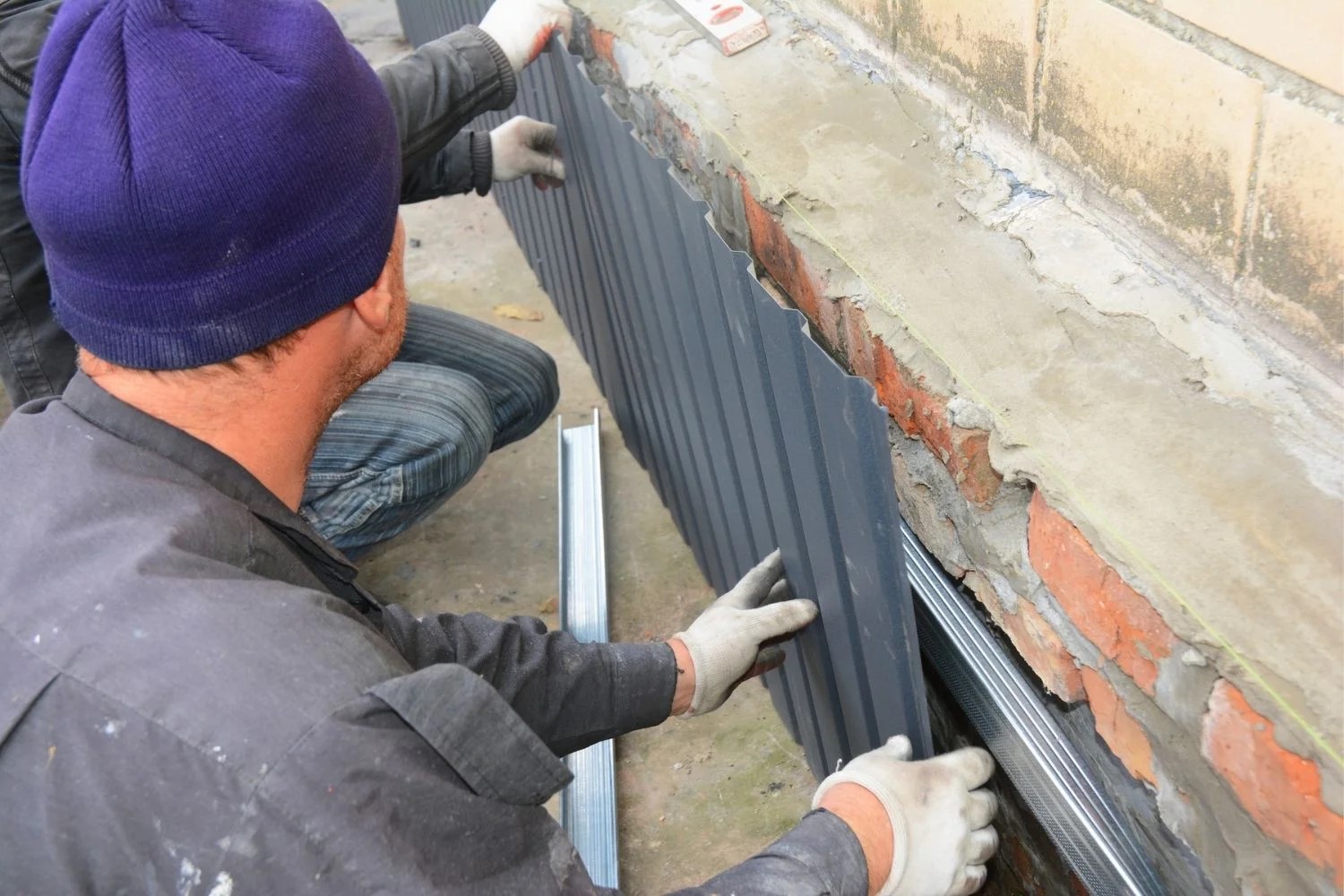
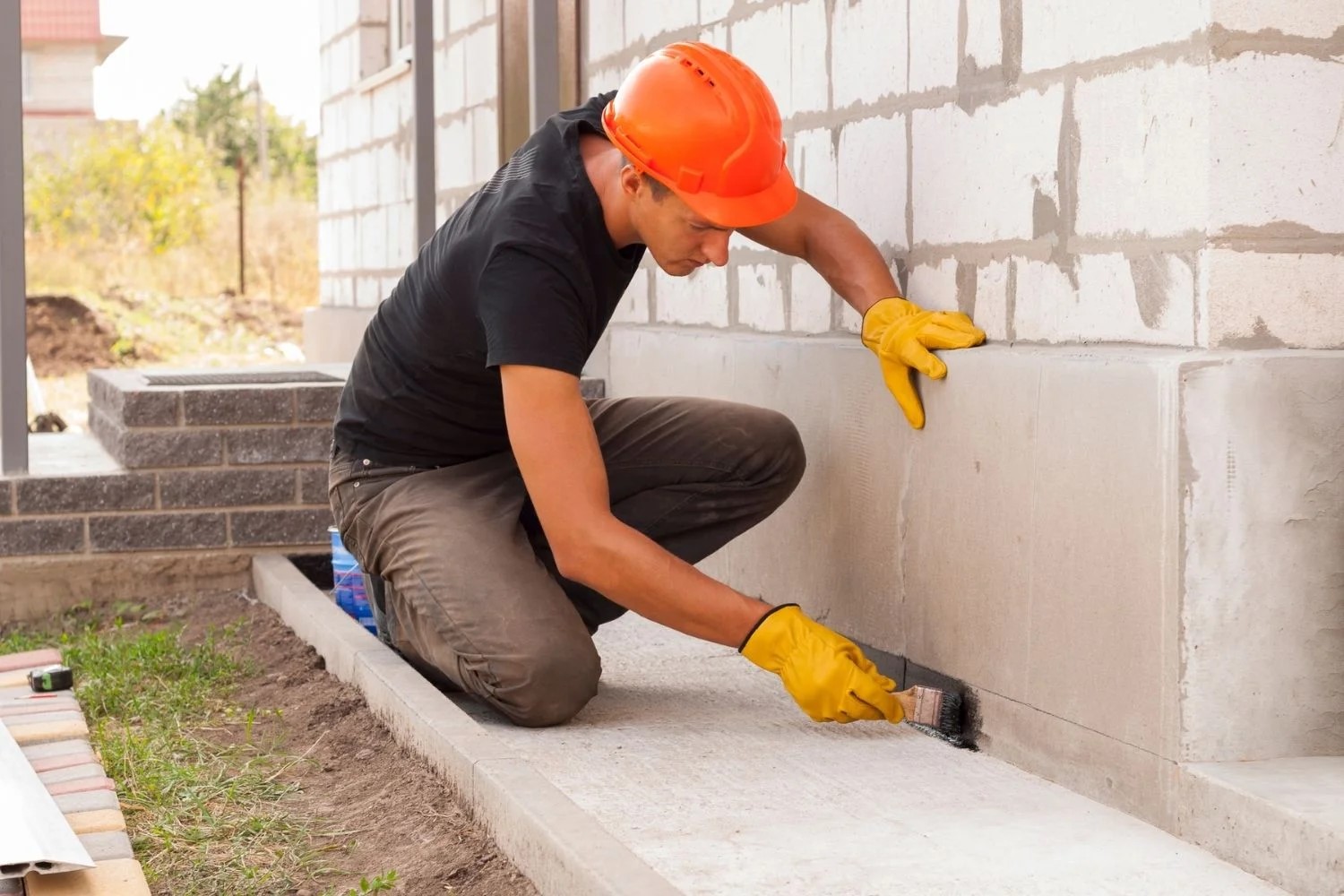




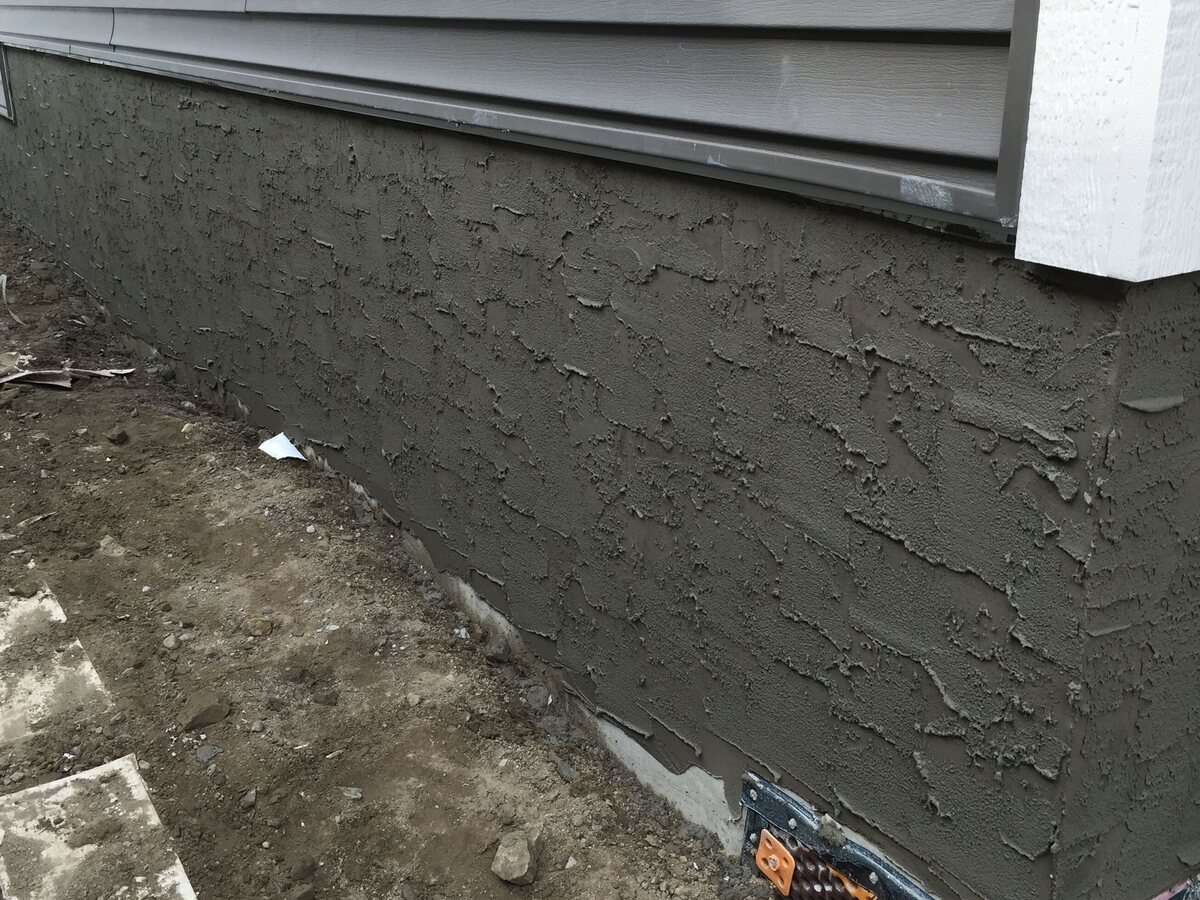


0 thoughts on “What Is Foundation Bed In Construction”